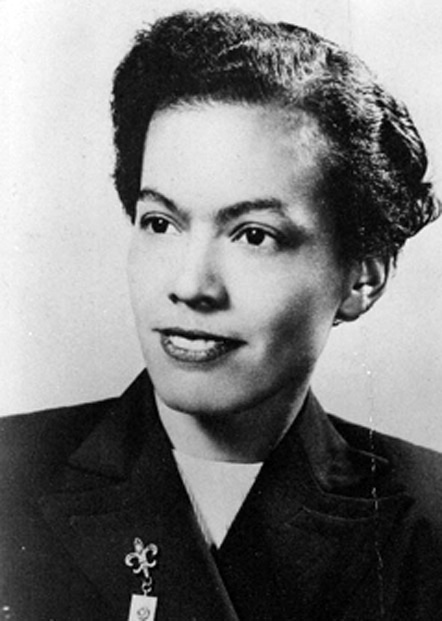Things They Don’t Teach Us In School: Who Is Pauli Murray?
The civil rights movement has been championed by several front-line figures. However, it is the work on thousands of others whose names are not in the spotlight that changed the course of history. That describes the life of the Reverend Dr. Pauli Murray (1910-1985).
Born in Baltimore, Anna Pauli Murray spent the early years of her life in Durham, North Carolina after her mother passed away and her father was committed to a mental hospital. An avid reader, Anna went on to become the editor-in-chief of her school newspaper, member of the debate club and a player on the basketball team. Although there were several opportunities for education in North Carolina, she decided to move to New York to get away from the segregated South. She shortened her name to Pauli to assume a more androgynous identify after graduating from Hunter College. One day in 1940, she was arrested for disorderly conduct while traveling on an interstate bus trip in Richmond, Virginia. After challenging the constitutionality of segregating bus passengers, she went on to pursue law at Howard University.
It was at Howard where she took on a classroom debate one day regarding the Plessy v. Ferguson case, which established the “separate but equal” law that was the rule of the land. While being the only female in her law class, she debated that lawyers should challenge the “separate” argument instead of the “equal” one. Taking on a bet with her professor Spotswood Robinson for only ten bucks that Plessy would be overturned in 25 years, she was right as it took only ten years. During her last paper, she argued that segregation violated both the 13th and 14th Amendments of the Constitution. When Robinson went to work with a young lawyer named Thurgood Marshall to take on Jim Crow, he provided his team Murray’s paper. The same team that in 1954 argued Brown v. Board of Education.
However, that was only one of the many contributions that Murray had to the civil rights issue, as she was an advocate for integration by organizing sit-ins and encouraged her Howard classmates prior to the Freedom Summer of 1964 to recruit white graduates to join them in the crusade for justice. In addition, she helped Betty Friedan to find the National Organization of Women. She not only wrote the argument that helped overturn Plessy v. Ferguson, she also co-wrote a law review article used by a young Ruth Bader Ginsberg to convince the Supreme Court that the Equal Protection Clause applies to women. Her published work, States’ Laws on Race and Color, is considered by many to be the “bible of civil rights work.”
Continuing to work in universities during the latter years of her life, in 1977 she became the first African American woman to be ordained as an Episcopal priest in Washington DC. Rev. Dr. Pauli Murray passed away in 1985 of pancreatic cancer. Her legacy is one that has impacted several others, and continues to do so to this day.



